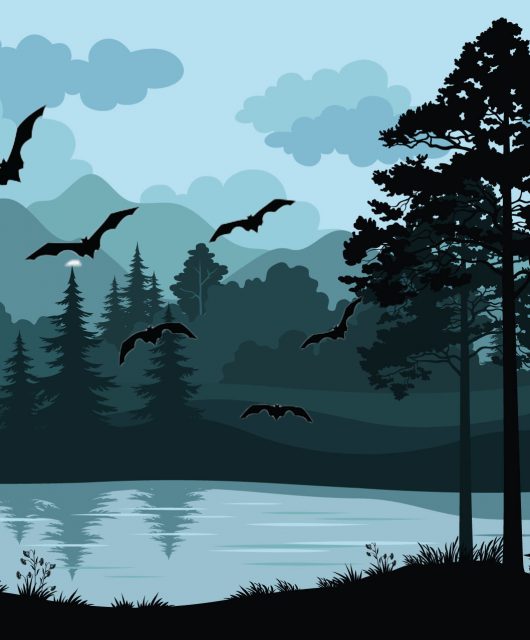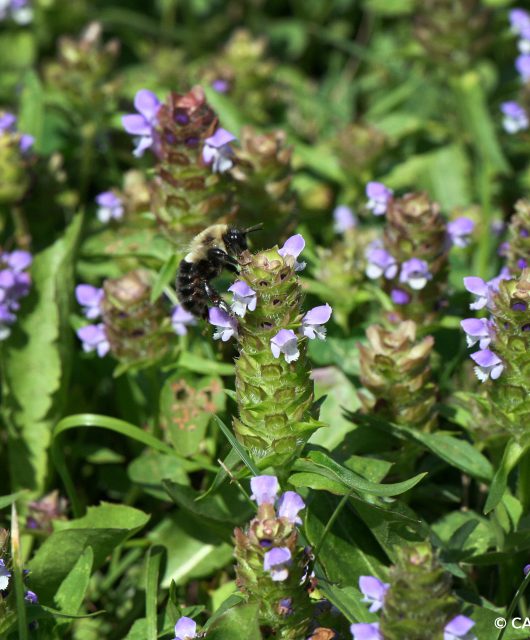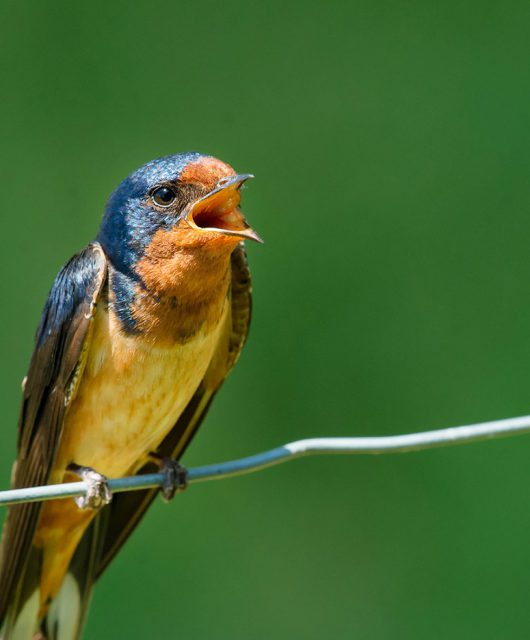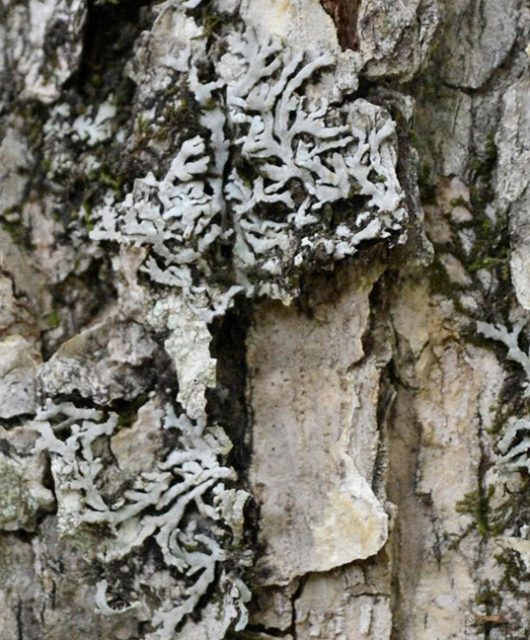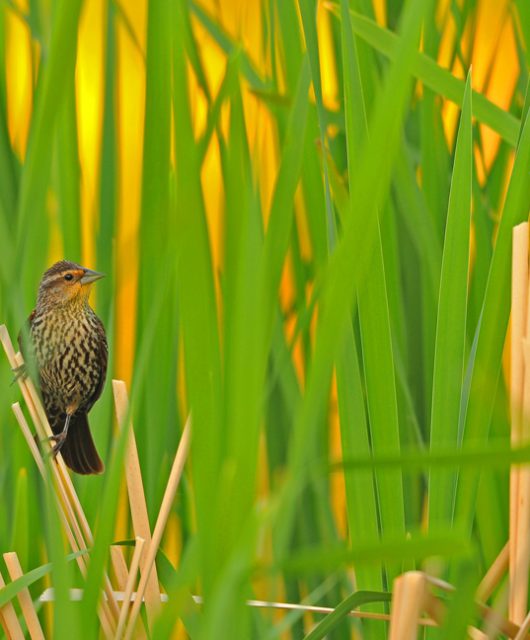Close your eyes and think of water.
Imagine waves crashing on a coastline, a babbling brook, diving into a clear-water lake off a boat dock.
Canadians are blessed by water, with shores on three oceans and more freshwater than any nation on earth. The Canadian Wildlife Federation is very active in conserving those waters through our Coasts & Oceans and Lakes & Rivers programs. Water is as important to us as it is to you.
But lately, CWF is expanding into areas where water is (usually!) not. Our new Native Grassland Conservation Program is focused on appreciating our fabulous — but dry — prairies.
The Prairies — Not as Dry as we Think
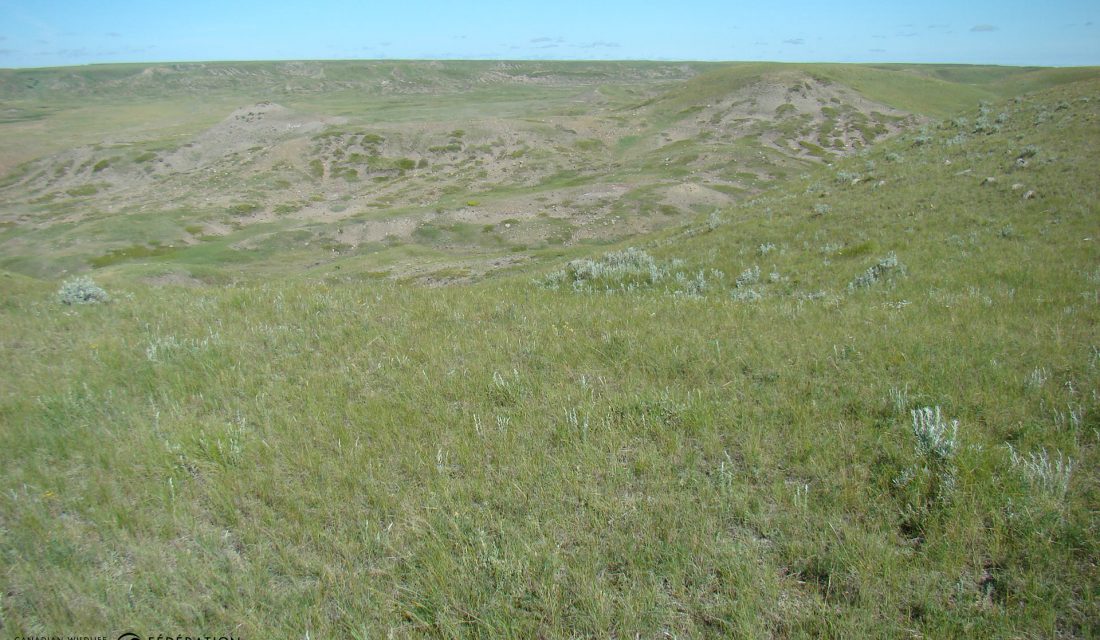
Canada’s Great Plains exist because of its lack of water. The rain-shadow of the Rocky Mountains casts long over the Canadian prairies, making plant growth difficult for anything but the hardiest of grasses, herbs and shrubs. Trees struggle where it is so dry. Many crops can’t survive such a dry environment without irrigation, although dryland farming has come a long way since the dustbowl with improved soil conservation and plant breeding. Indeed, North America’s native grass prairies, once an unbroken expanse from Durango, Mexico to Grande Prairie, Alberta, continue to thrive under these desert-like conditions, and have important water stories to tell.
Plants in the Prairie
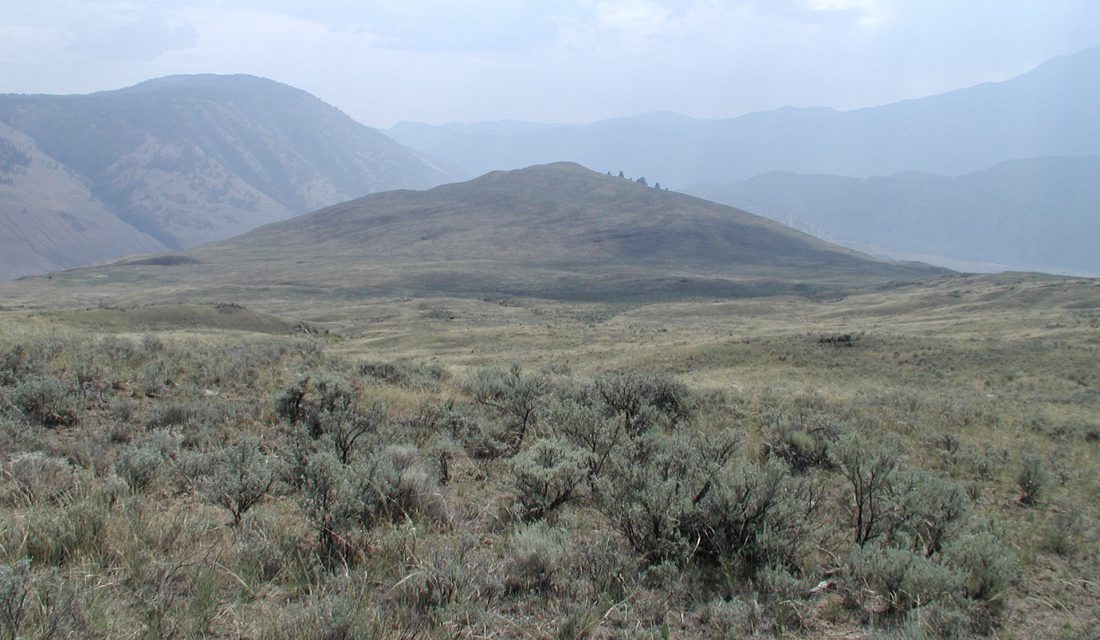
Plants breathe. And, like us, every time they exhale, they can lose a bit of moisture. This is not a problem even for prairie plants further north, where it is relatively cool and the dew soaks the grass canopy after a cool, cloudless night. But further south, hot days wick all the moisture from the earth and hold tightly on to it, making moist breathing costly for plants.
But nature always has a way to solve problems like this, and grasses have figured it out. The further south you travel on the Great Plains, the more “warm season” grasses you will encounter. These species have evolved a way to make energy from the sun (photosynthesize) without opening their pores, a feat impossible for most plants. They lose less water this way and can grow uninhibited in the relentless sun of the southern US and Mexico.
Prairie Potholes — An Important Source of Water
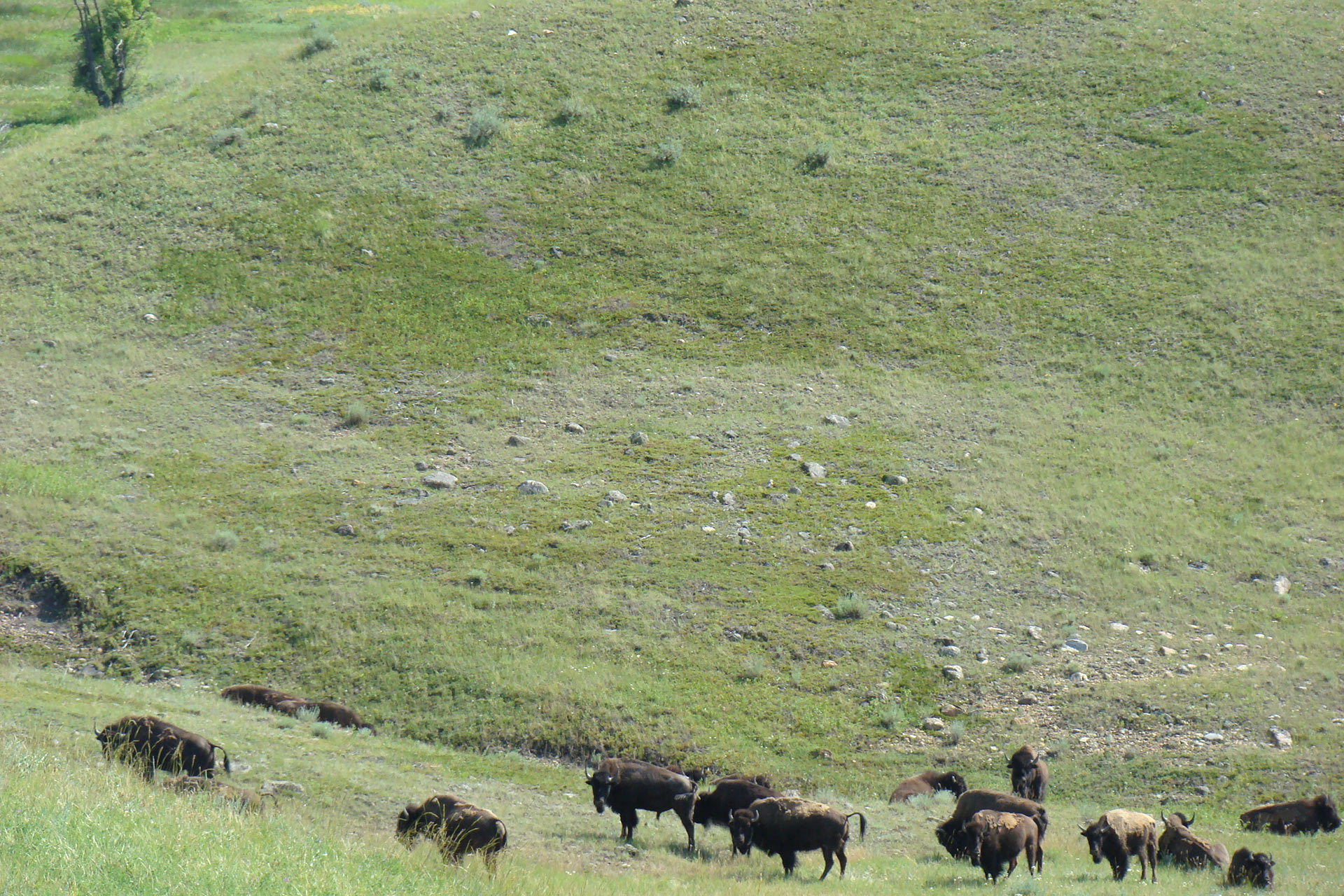
Of course, plants aren’t the only wildlife that need water. The northern Great Plains in Canada are home to the prairie pothole region, a vast mosaic of small, shallow ponds that are the summer home for ducks, geese and wading birds each year. Filled by groundwater, spring rains and snowmelt, the water in these potholes drives a millennial-old cycle of migration, absorbing millions of waterfowl from their southern wintering grounds only to have them flow south again in the fall, babies in tow, once the snow starts to fly as well.
Close your eyes again and think of water. Think of the prairies, where water is scarce, but oh so important.

